What is the core of | serial communication?
In the vast world of data transmission, serial communication plays an indispensable role. RS-232, RS-485 and USB these common serial communication interfaces play a unique role in different scenarios. Today, let's take a closer look at how they differ.
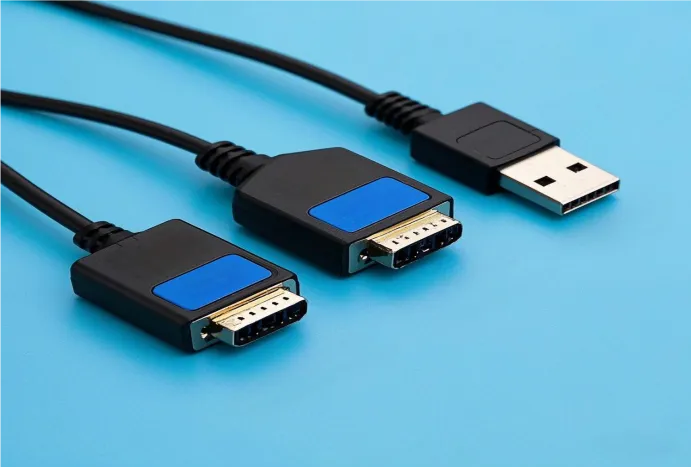
Transmission characteristics: each has its own length
RS-232 uses a single-ended transmission mode that relies on specific voltages to identify logical values. However, its transmission distance is more limited, generally only tens of meters, the transmission rate is not high, the highest can only reach 20kbps. However, in the early days, it was a useful communication tool between computers and modems, and was stable in short-range, low-speed device connection scenarios.
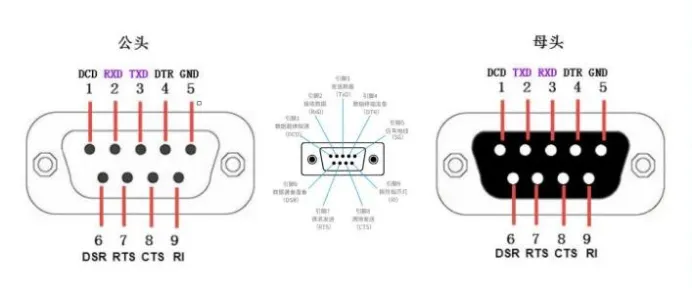
RS-485 uses differential signal transmission, which gives it a strong anti-interference capability. Its transmission distance can reach about 1200 meters, and the transmission rate can reach up to 10Mbps. In the field of industrial control, such as communication between PLCS (programmable logic controllers), RS-485 plays a big role with excellent performance to ensure stable and efficient data transmission.
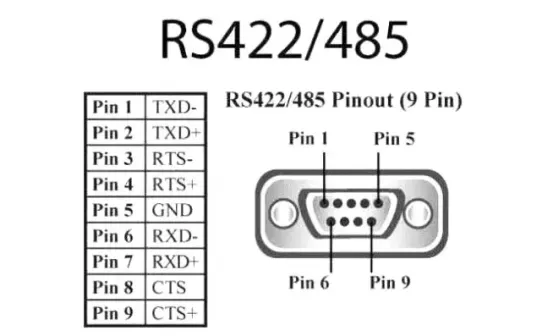
With the rapid development of USB, the transmission rate continues to break through. From the base rate of USB 1.1, to the significant improvement of USB 2.0, and then to the high-speed leap of USB 3.0, its speed has achieved a big jump. Moreover, USB supports the simultaneous connection of multiple devices, which greatly facilitates our life and work. Whether it is the daily use of the computer to connect the mouse, keyboard and other peripherals, or mobile phones, tablet computer data transmission and charging, USB is everywhere.
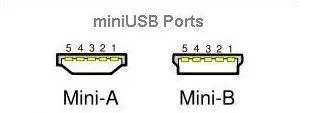
Application scenario: Each has its own strengths
In the laboratory, the early oscilloscope, function generator and other simple low-speed test equipment are often connected to the computer with the help of RS-232 interface to complete the task of parameter setting and data acquisition. However, with the development of science and technology, in the face of modern high-speed and large data testing needs, it gradually fails to meet the needs, and is gradually replaced by other interfaces. In terms of medical equipment, small instruments such as simple blood pressure monitors and blood glucose meters, in order to control costs and achieve basic data transmission, RS-232 interface will also be used to transmit measurement data to the computer.
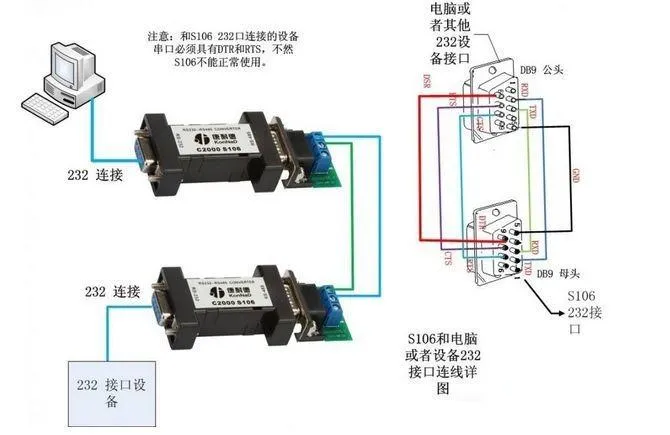
In the field of intelligent buildings, RS-485 shows its skill. It connects multiple lighting controllers, air conditioning controllers and access control systems to the central management system to realize centralized monitoring and management of the entire building, making the building more intelligent. In the mining industry, due to the complex and harsh underground environment, the communication anti-interference ability is extremely high, the RS-485 interface is connected to various sensors (such as gas sensors, carbon monoxide sensors, etc.) and monitoring sub-stations under the mine, and the collected data is transmitted to the monitoring center on the well, which escorts the safe production of the mine.
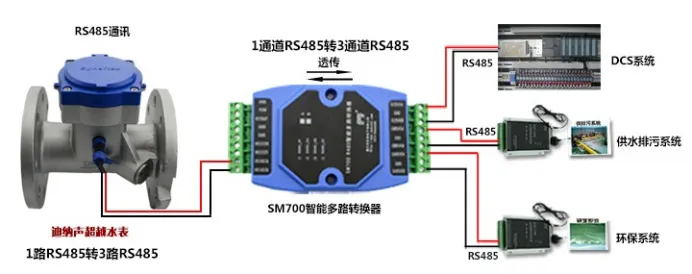
In the field of consumer electronics, USB is called "universal interface". In addition to connecting computer peripherals, mobile devices such as mobile phones and tablets also rely on it for data transmission and charging. In the field of digital photography, the data transmission between the camera and the computer and the camera firmware upgrade and other operations are mostly completed through the USB interface. In the industrial production line, some automated inspection equipment, such as high-precision visual inspection instruments, also use the USB interface to quickly transmit the collected image data to the computer for analysis and processing, improving production efficiency and quality.
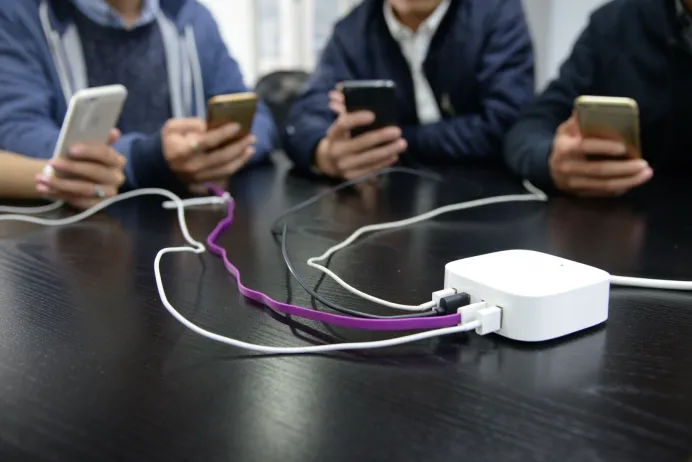
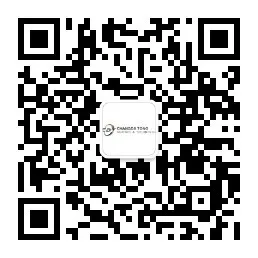
Tianjin Changdatong Technology Co., LTD


















Please first Loginlater ~